This Oxford is in the US and here are the top 2 reasons to visit
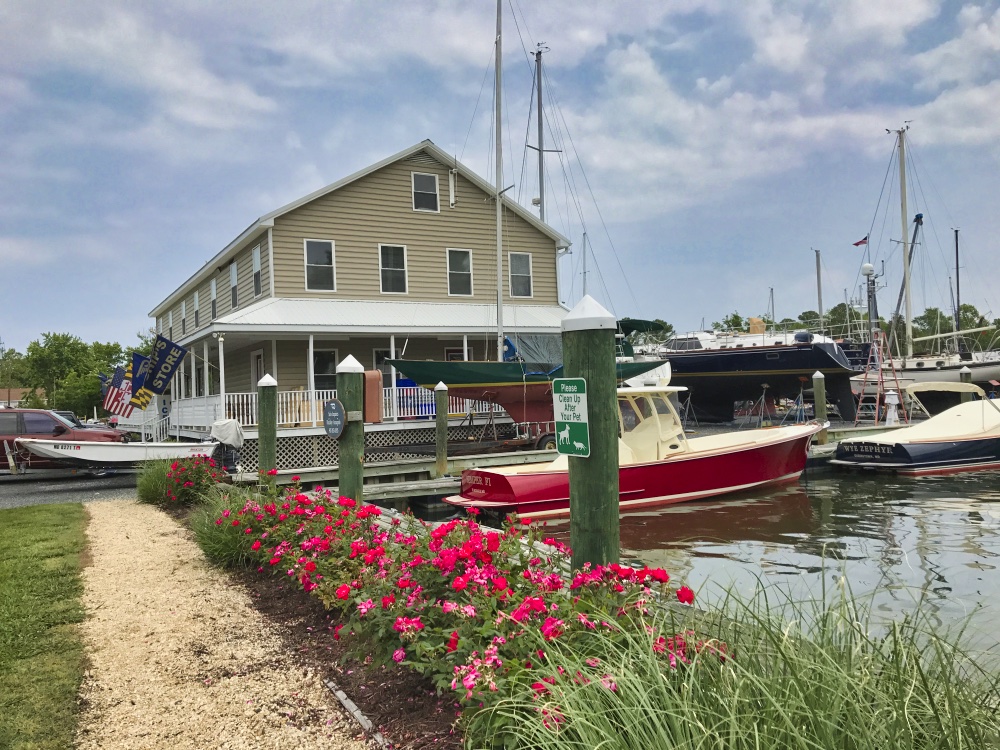
Estimated Reading Time: 8 minutes – *SBFL 9 – PLANNED – I am big on time capsules and time machines. Sometimes, especially during this trying time of the Coronavirus pandemic, I wish there was a type of time machine that I could use to go back in time, but not to live there, like in the Outlander stories in the popular Starz TV channel series. My interest is more in being a visitor of a town for a day or two. Just long enough to take it all in, without tangling up in their lives and their reality. I just want to be a short-term, sight-seeing time traveler. Yeah, I am very happy in 21st-century earth, even with the pandemic and all that, thank you very much. Also, as a Star Trek fan and dreamer, I would always keep in mind their famous Prime Directive. “As the right of each sentient species to live in accordance with its normal cultural evolution is considered sacred, no Starfleet personnel may interfere with the normal and healthy development of alien life and culture.”
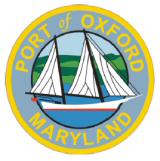
So, let’s open up a time capsule together and imagine ourselves in the late 1700s on the Eastern Shore of the Chesapeake Bay in today’s Talbot County, Maryland. The late 1700s were a turbulent era in the history of the US and all around the Atlantic coastline, with the run-up to the Revolutionary War, the war itself, and then the many years of sorting things out until a new Constitution was approved and a government was formed.

I found the history of Talbot County, and of Oxford, to be most intriguing to my time traveler’s imagination. “Oxford’s place is firmly rooted in American lore. Notable citizens included Robert Morris Jr., financier of the American Revolution, and Colonel Tench Tilghman, aide-de-camp to George Washington, who carried the message of Cornwallis’ surrender to the Continental Congress. More than 300 years ago, the town even served as one of the original ports of entry for Maryland and until the Revolution served as an international shipping center. Today, Oxford’s history lives on in the oldest private ferry service in the country.”
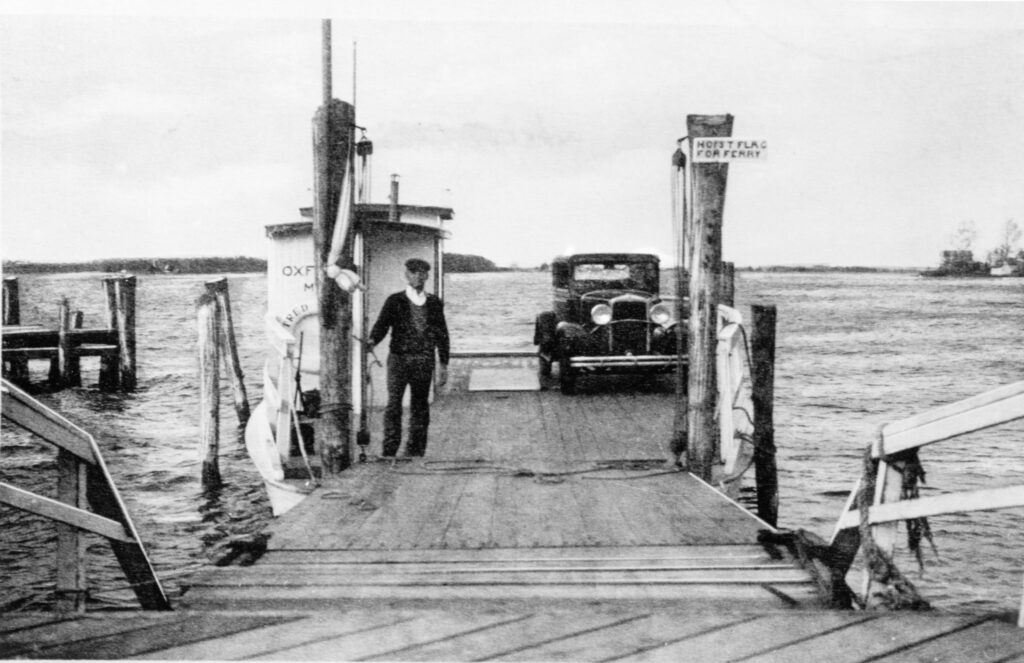
The essence of my Slow Boat to Florida (SBFL) series is not to seek new lands and exotic cultures. Rather, it is to cover our journey of discovery (hence the title of our blog, Trips Of Discovery) that comes from seeing what was always just over the horizon with a new eye. We are turning that new vision on the coastal locations of the Atlantic Intracoastal Waterway (ICW), where present-day America started to flourish. As our avid readers know, the SBFL series represents part travel, part current and historical anthropological highlights of selected locations and coastal life. We’re comparing then and now, based on observations made by Dorothea and Stuart E. Jones in their 1958 National Geographic article titled, “Slow Boat to Florida” and a 1973 book published by National Geographic, titled America’s Inland Waterway (ICW) by Allan C. Fisher, Jr. We also take a brief look at the history of the locations that I am writing about. Finally, we bundle it up with our observations during our actual visits to the locations and our interviews with local residents.
The charm of Oxford will enchant you
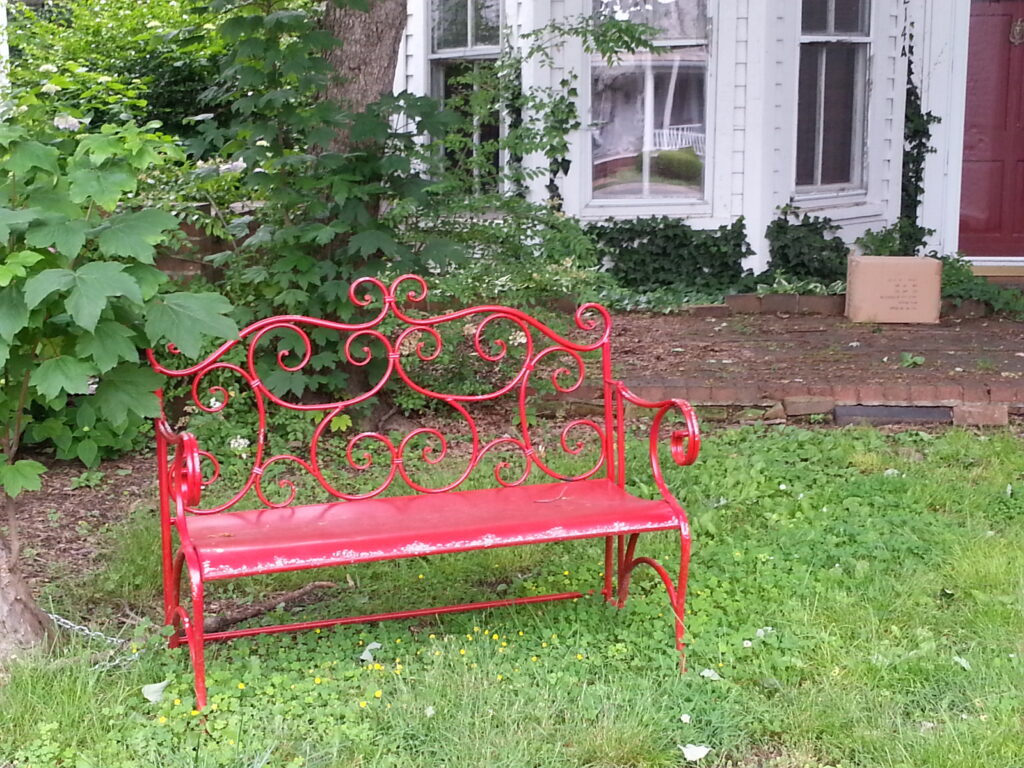
Each time we plan and then visit our planned locations, I feel like we are peeking into a time capsule that takes us back at least half a century. Interestingly, since the authors’ impressions captured in their writings back then, what we are finding is that as much as life has changed immensely in the 21st century, a few things are still the same. The best example of this is expressed in Fisher’s reference to Talbot County. The county is one of the best-kept secrets of Maryland. He wrote, “The past still pleasantly flavors, though it no longer envelops, the two most popular yachting centers on the Eastern Shore. Quiet bywaters can be balm, but for convivial fun, for raft-ups with friends on other boats, we often sail to St. Michaels or Oxford, both in Talbot County, Maryland.” That was then, and this is still the case now. Referring to Oxford, he wrote, “Along the main street lined with handsome frame houses, meticulously kept, extends back from the outer harbour. Most of Oxford’s waterfront, however, adjoins sheltered Town Creek, location of some of the finest marinas anywhere along the Intracoastal Waterway.” Although we will experience and write more about the town when we visit it, we know that now it is still the case. Today, with its year-round population of around 600 or so, Oxford has almost more boats in their marinas in season than people in the town. With its historic district full of charm, Oxford reminds you of a past era that is nicely preserved.
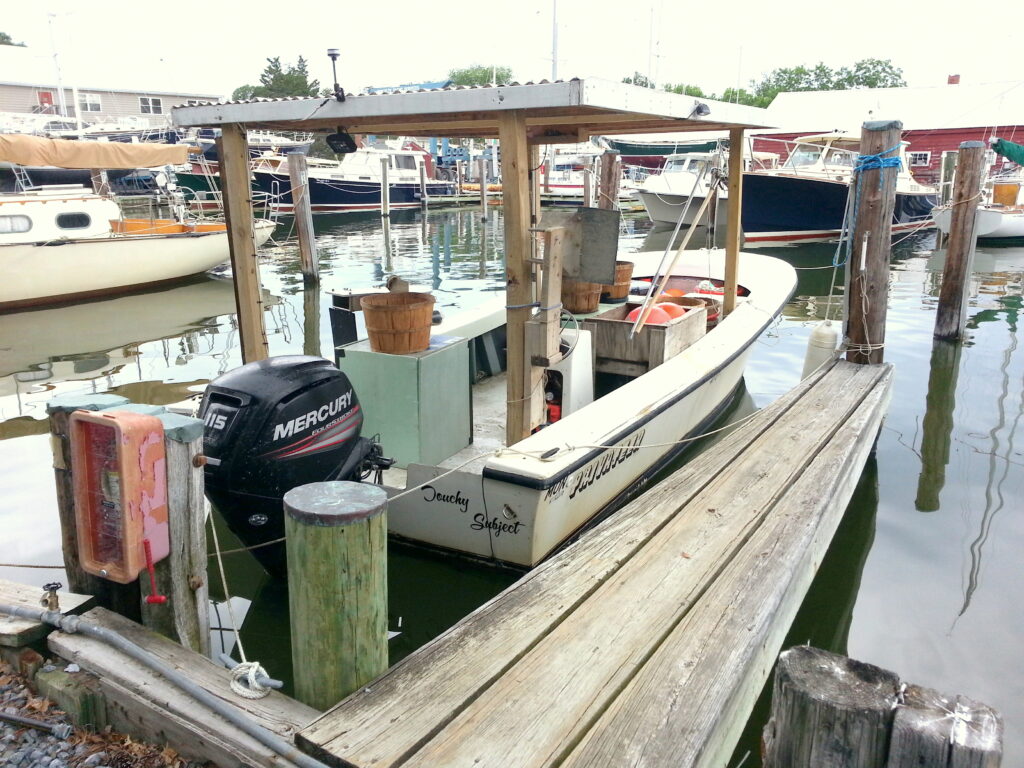
Although its history goes back to the early 1660s, Oxford marks the year 1683 as its official founding year. In 1694, Oxford and a new town called Anne Arundel (now Annapolis) were selected as the only ports of entry for the entire Maryland province. Until the American Revolution, Oxford enjoyed prominence as an international shipping center surrounded by wealthy tobacco plantations.
The top two reasons to visit Oxford, among the many
Historic inns and B&Bs are sprinkled throughout Oxford. Restaurants, too, are plentiful in Oxford, ranging from the casual to the elegant. How would you like to stay in the oldest full service inn in America, going back to 1710? Discover the Robert Morris Inn with its 16 rooms and a historic restaurant run by celebrity chef partner Mark Salter. This is one of the top two reasons to visit Oxford. If the Covid-19 pandemic allows, this year we plan to visit and eat at the childhood home of Robert Morris, a signer of the Declaration of Independence.
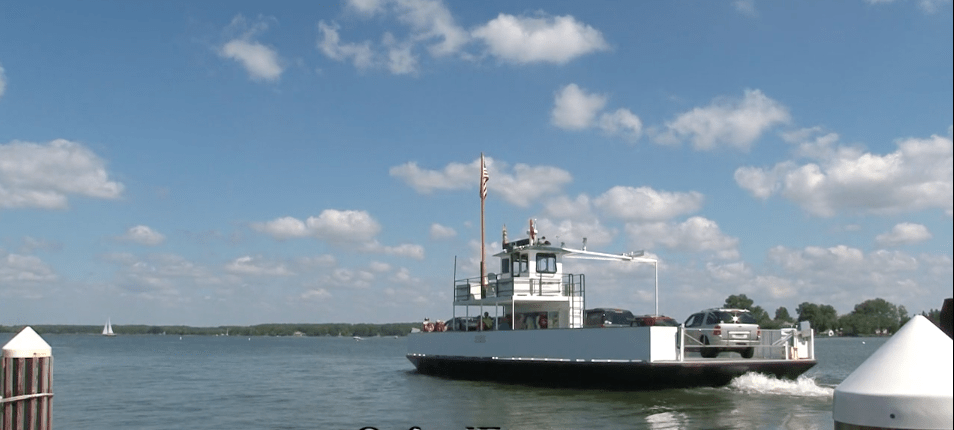
On the same peninsula where the Robert Morris Inn is situated, in fact right beside it on the waterfront, the second of the top two reasons to visit Oxford will be waiting for us. This must-see is the Oxford-Bellevue Ferry. This 336-year-old ferry is America’s oldest privately-owned ferry, which began service in 1683. It crosses the gentle Tred Avon River and is the perfect choice when traveling from St. Michaels or Easton to Oxford. Its route provides you with the most scenic approach to the colonial-era town of Oxford.
Well, that’s it for now. Stay well. I hope to say hello to you if you spot my boat, Life’s AOK, in one of the locations that I’m hoping to visit in 2020, that is if Coronavirus permits us.
I bid you Fair Winds and Following Seas.
1 thing I learned
- Especially in these trying times of the Coronavirus pandemic, we do not need to go out thousands of miles around the world to find new locations to visit. It may surprise you, but often the best spots, be it high end or fit for modest budgets, are very near to places where we live.
2 things I recommend
- Place Oxford, Maryland, on your bucket list and visit it at the first opportunity.
- Check Oxford, Maryland brochure.
How easy?

*SBFL stands for Slow Boat to Florida. It is a series of my blog posts, which started with a posting that had the same title. Each numbered heading has two parts. The first is “Planned,” and when we visit the planned location, a “Visited” label appears at the beginning, next to SBFL. The essence of this series is not to seek new lands and exotic cultures. Rather, it is to cover our journey of discovery (hence the title of our blog Trips Of Discovery) that has to do with seeing with a new eye the coastal locations of the Atlantic Intracoastal Waterway (ICW) where present-day America started to flourish. The SBFL series represents part travel, part current and historical anthropological highlights of selected locations and coastal life. We’re comparing then and now, based on observations made by Dorothea and Stuart E. Jones in their 1958 National Geographic article titled, “Slow Boat to Florida” and a 1973 book published by National Geographic, titled America’s Inland Waterway (ICW) by Allan C. Fisher, Jr. We also take a brief look at the history of the locations that I am writing about. Finally, we bundle it up with our observations during our actual visits to the locations and our interviews with local residents. Think of it as a modest time capsule of past and present. My wife and I hope that you, too, can visit the locations that we cover, whether with your boat or by car. However, if that is not in your bucket list to do, enjoy reading our plans and actual visits as armchair travelers anyway. Also, we would love to hear from you on any current or past insights about the locations that I am visiting. Drop me a note, will you?
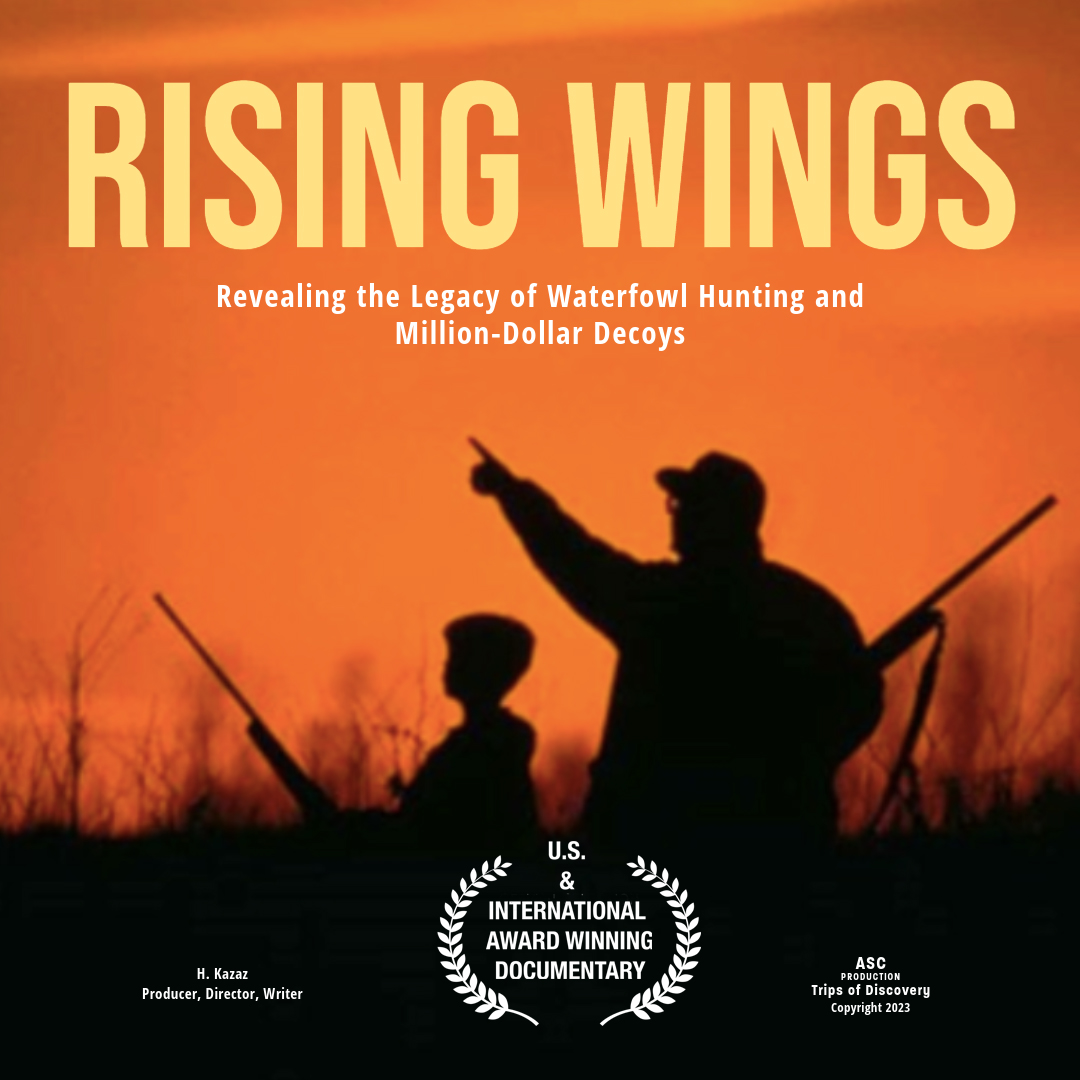
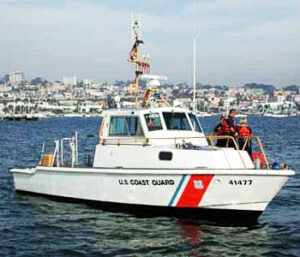









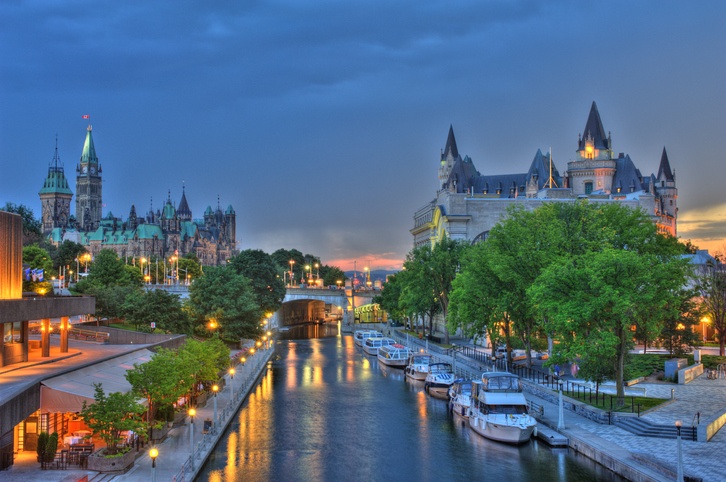
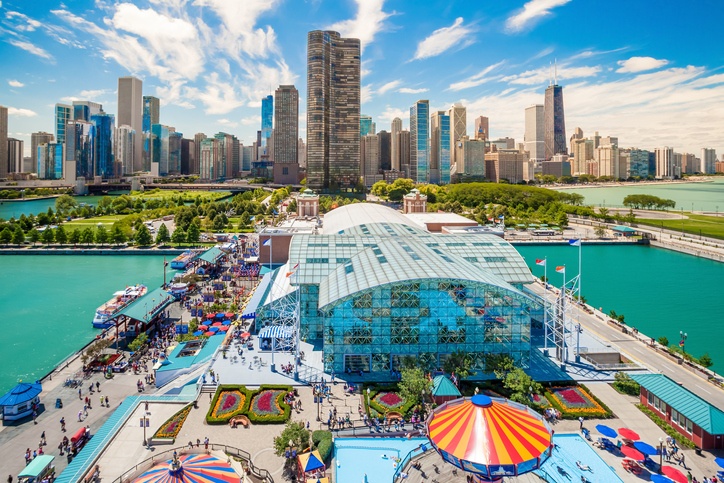
1 Response
[…] Finally, the Chesapeake Beach resort officially opened on June 9, 1900. From 1900 until 1930, people would mainly come for day trips by railway and steamboats like “The Dixie” and “The Dreamland.” Only 28 miles from Washington, D.C., people with more leisure time would flock to Chesapeake Beach for the cool breezes and saltwater. The resort was connected to the Eastern Shore of the Chesapeake Bay by a boat to Oxford, Maryland. […]